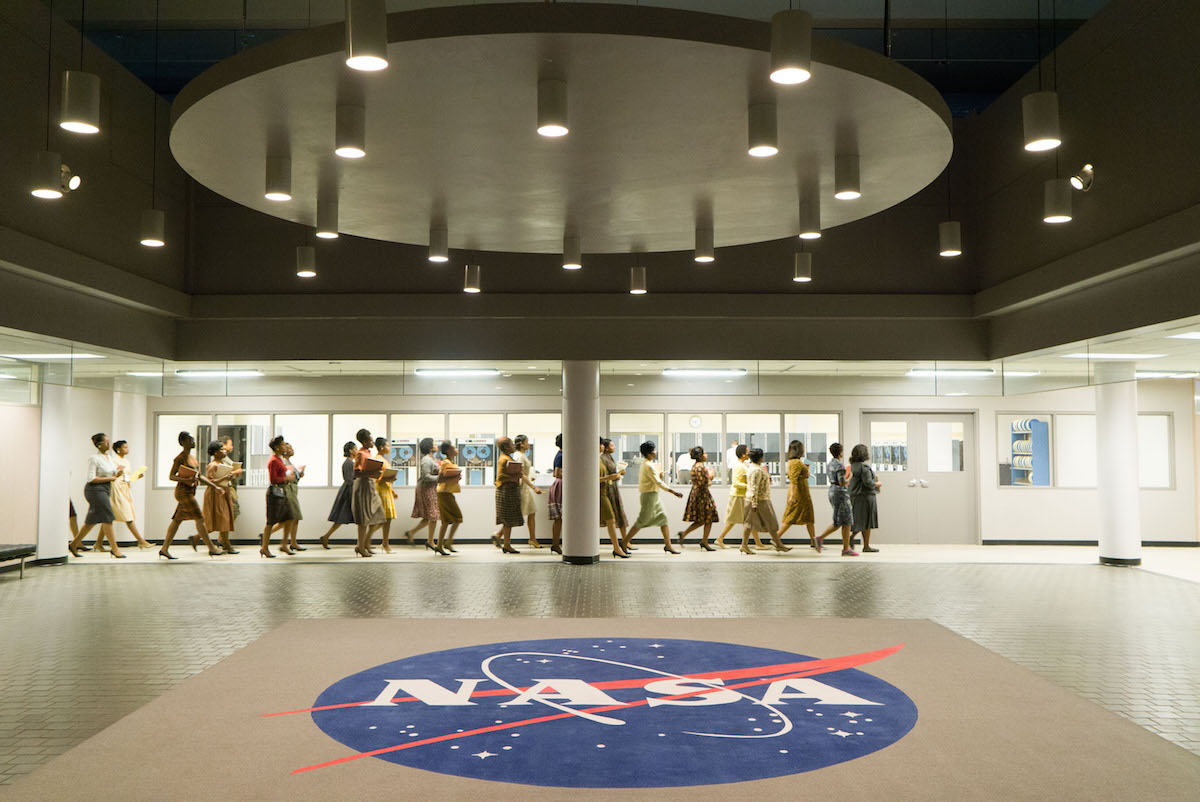
The new movie Hidden Figures, which opens in wide release on Friday, tells the story of the real African-American women whose mathematical prowess helped launch the United States into the space age—even though, due to their race and gender, they went largely unacknowledged. (Perhaps unsurprisingly, a look at TIME’s coverage of the era reveals that the women were not mentioned, by name or as a group, even in stories specifically about the people behind the scenes in the space program.)
And as the film helps women like Katherine Johnson, Dorothy Vaughan and Mary Jackson (played by Taraji P. Henson, Octavia Spencer and Janelle Monáe) finally get their due, it also shines a light on a lesser-known center of American innovation. Though sites like Cape Canaveral and Houston may be more famous today for their roles in NASA history, the movie is set somewhere else: Hampton, Va.
The National Advisory Committee on Aeronautics (NACA), a precursor to NASA, was created by Congress in 1915, and its Virginia lab at Langley Field—established in 1917—quickly became a hub for big ideas amid the aviation boom of the early 20th century. By the early 1930s, it was home to the largest wind tunnel in the world.
Later in that decade, as U.S. involvement in World War II came to seem inevitable, and as it became clear that in this war technology would matter more than ever before, the military implications of aviation drew new attention to Langley and its innovations. Those included a wing with less drag and a way to reduce the fire hazard of jet fuel, among others. And the war was important at Langley for another reason too: the Presidential mandate to end segregation in the defense industry applied there, as well, opening the doors to the women portrayed in Hidden Figures.
After the war ended, the NACA continued its work at Langley on high-speed aviation and missile technology until 1958, when the lab was given to new leadership: NASA.
Get your history fix in one place: sign up for the weekly TIME History newsletter
When the first seven American astronauts were selected for Project Mercury in 1959, Langley was to be their destination before any trip to space: “Operating from Langley Research Center at Hampton, Va., the Astronauts will work along with the engineers—as experimental test pilots always do,” TIME reported. “Each man will help design one component of the space capsule: communications system, propulsion, instrumentation, etc. To toughen up for the physical trials and psychological terrors of space, they will spend hours in low-pressure chambers, wind tunnels, human cocktail shakers; they will be jolted on supersonic rocket sleds, flown in balloons and supersonic aircraft and eventually test-rocketed by Army Redstone missiles at 4,000 m.p.h. more than 100 miles from Cape Canaveral down the Atlantic firing range.”
The Mercury mission eventually moved to a new base in Texas, but the Langley women of Hidden Figures played a crucial role in achieving one very important project goal in 1962, when their work helped John Glenn—who died in 2016—become the first American to orbit the Earth.
NASA still operates the Langley Research Center to this day, and will celebrate its 100th birthday in 2017.
More Must-Reads from TIME
- How the Electoral College Actually Works
- Your Vote Is Safe
- Mel Robbins Will Make You Do It
- Why Vinegar Is So Good for You
- The Surprising Health Benefits of Pain
- You Don’t Have to Dread the End of Daylight Saving
- The 20 Best Halloween TV Episodes of All Time
- Meet TIME's Newest Class of Next Generation Leaders
Write to Lily Rothman at lily.rothman@time.com